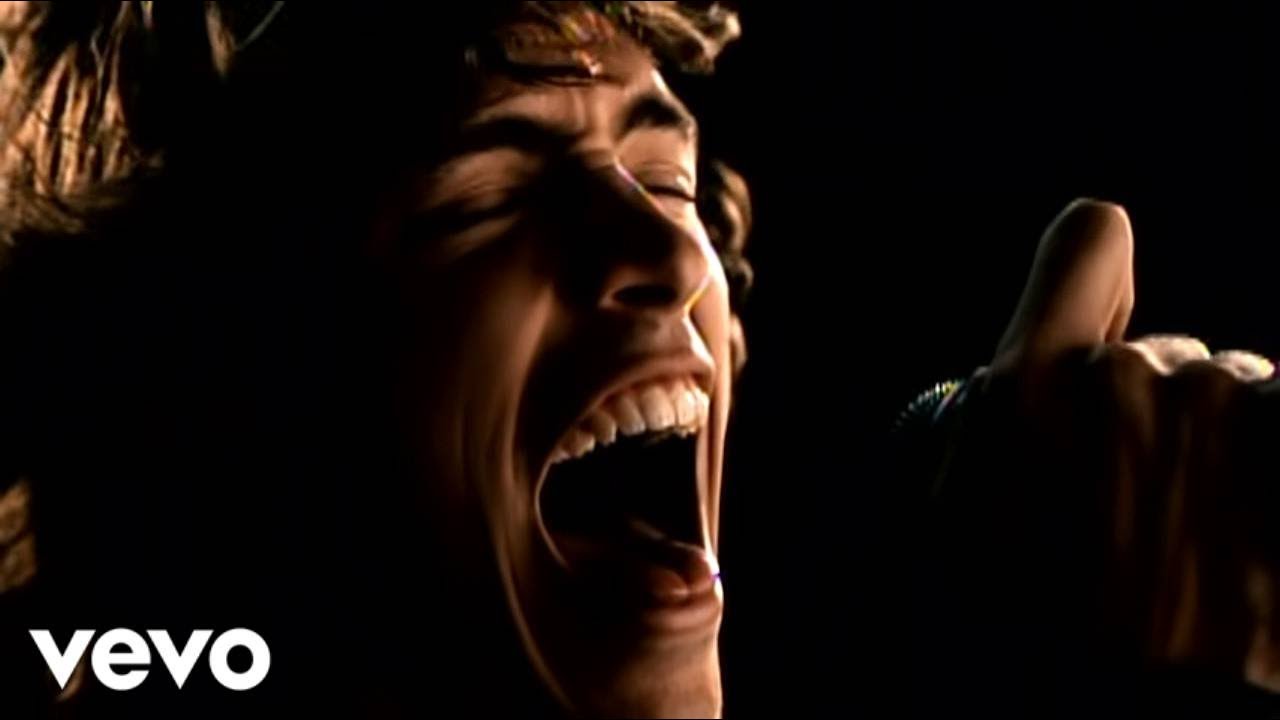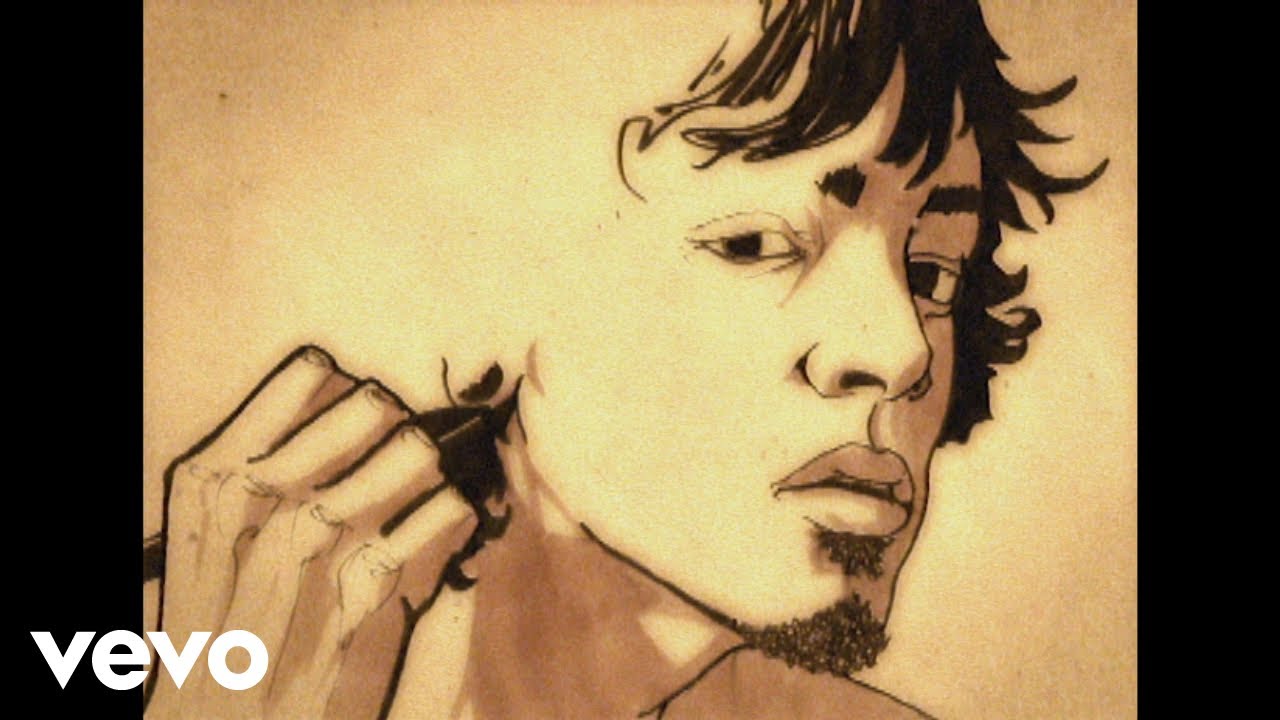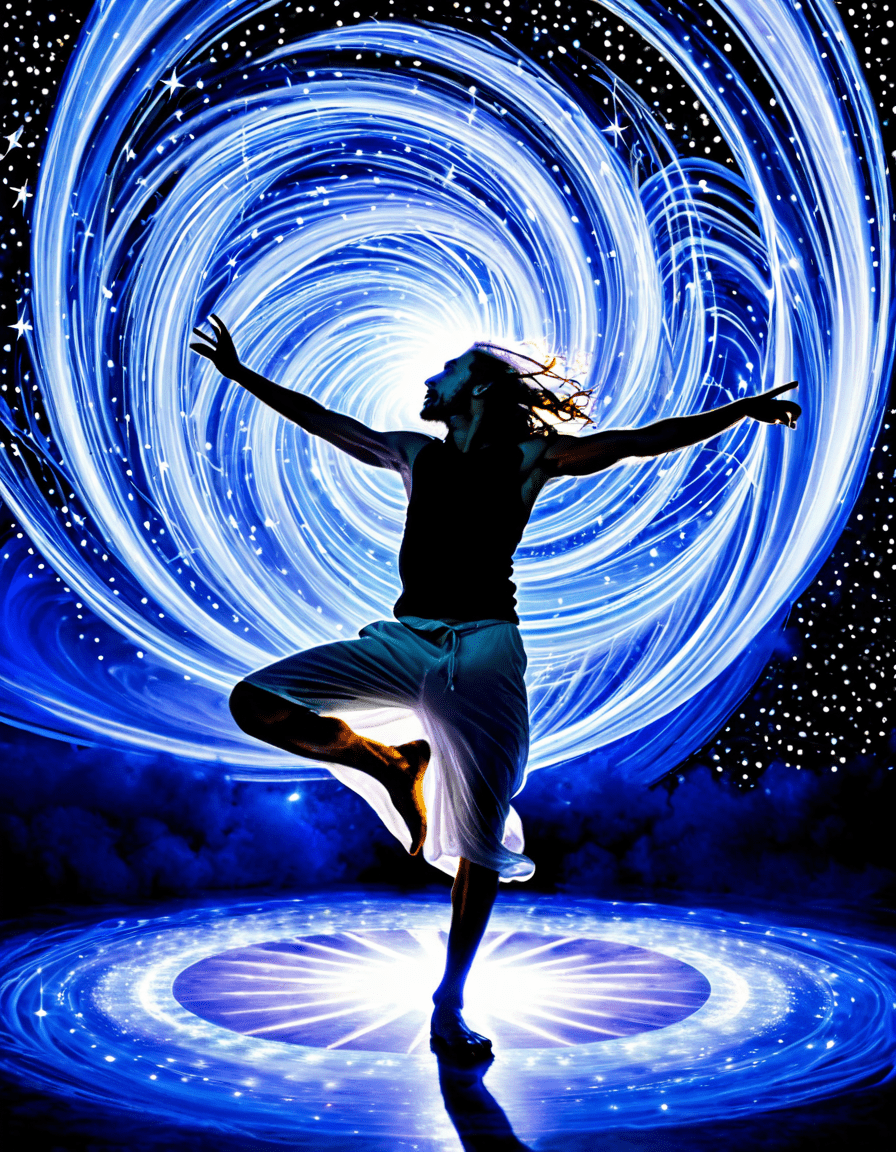When we think of nightmares, the word incubus might just come to mind. This fearsome figure has haunted our sleep for centuries, weaving its way through dreams and chilling our spines. In ancient tales, the incubus was a male demon that visited women during the night, leaving them with feelings of dread and terror. Become enchanted as we delve deep into the fascinating realms of incubus mythology, exploring how this mythical demon has shaped our understanding of dreams and nightmares across cultures and through the ages.

7 Fascinating Aspects of the Incubus Mythology

1. Origins in Ancient Cultures
The roots of the incubus legend stretch back to ancient civilizations like the Sumerians and Greeks. In Sumerian lore, Lamashtu, a fearsome demon, tormented pregnant women and infants, embodying prenatal fears. Meanwhile, the Greeks revered Morpheus, the god of dreams, symbolizing a gentler aspect of sleep. These ancient tales blended and evolved over time, shaping the characterization of the incubus, which we recognize today.
As cultures merged, fears transformed, laying down the foundation for the incubus mythos. The exchanges among civilizations helped create a vivid tapestry of dreams both sacred and sinister. From tablets to scrolls, ancient texts speak of shadowy figures lurking in the realm of sleep, hinting at our eternal fascination with what comes after the lights go out.

2. The Incubus and Succubus Dichotomy
Perhaps the most intriguing aspect of the incubus myth is its connection to the succubus. Traditionally, the incubus was a male figure that preyed on women while they slept, while the succubus—its female counterpart—embodied seduction and desire. This captivating dichotomy reflects societal views on gender, lust, and morality throughout history.
While the incubus can cast a looming shadow of fear and unwanted encounters, the succubus often represents the allure of desire and intimacy. This contrast has fueled countless stories and interpretations of human relationships, from the supernatural to the deeply personal. Over centuries, the moral implications of both figures have evolved, fueling discussions on gender dynamics and power plays, keeping the tales vivid and relevant.
3. The Influence of Literature and Art
Throughout history, the myth of the incubus has captured the imaginations of artists and writers alike. Renowned poet John Keats penned “La Belle Dame sans Merci,” a haunting exploration of seduction and danger, drawing inspiration from the seductive nature of these entities. Visual artists have also interpreted the fearsome qualities associated with the incubus; Gustave Doré’s illustrations in Dante’s “Inferno” starkly highlight the terror of these demons.
These artistic expressions reveal our ongoing struggles with intimacy and power. They provoke not only thought but also resonate on a deeper emotional level, allowing us to confront our fears and desires through a different lens. This potent blend of art and mythology keeps the incubus myth alive, relevant, and deeply intertwined with societal fears.
4. Modern Manifestations in Pop Culture
The incubus legend has gracefully waltzed into modern pop culture, adapting to our contemporary fears and desires. For example, the hit TV series American Horror Story introduced a character named Michael Langdon, an incubus whose presence ramped up dormant anxieties about sexuality and relationships. This has drawn audiences and critics alike to explore what’s beneath the surface of our everyday lives.
Moreover, video games like The Binding of Isaac: Rebirth reflect these themes of nightmare demons, showcasing how the incubus has evolved in a digital age. By embodying fears in interactive formats, these stories invite players to interface with the terrifying aspects of our psyche from the safety of their living rooms. The recurring themes challenge us to confront our emotional baggage and how it impacts our lives.
5. Psychological Interpretations and Sleep Disorders
From the lens of psychology, the fear of the incubus has been linked to sleep disturbances like night terrors and sleep paralysis. Those experiencing sleep paralysis often describe a terrifying sensation of dread or even a choking feeling, eerily reminiscent of the classic incubus narrative. This phenomenon sheds light on how ancient fears translate into modern psychological realities.
Stress, anxiety, and sleep deprivation are known to exacerbate such conditions. Research into parasomnia—the umbrella term for sleep disturbances—indicates how deeply intertwined our mental states are with the legends we weave. It’s fascinating to see how folklore evolves to reflect our modern struggles, serving as a bridge from our ancestors to our current experiences.
6. Surveying the Global Perspectives on Nightmares
Globally, varying cultures interpret the incubus myth through their unique lenses. Eastern European folklore often depicts it as a “strangler in the night,” while some Native American tales portray malevolent entities that steal the breath from the sleeping. These interpretations emphasize a universal fear surrounding nightmares and ominous figures.
By examining these narratives, we uncover the shared human experience of facing our nighttime fears. Each region showcases its own interplay between dreams and nightmares, reflecting the intricate relationship between culture and psychology. Such diversity enriches our understanding of how the incubus resonates throughout history.
7. Meru the Succubus: A Contemporary Take
In modern adaptations, characters like Meru the Succubus illustrate a striking shift in how we understand themes of desire and power. This figure symbolizes a powerful woman navigating between the lines of predator and prey, allowing for a dialogue around consent and autonomy. Meru challenges traditional victimization found in earlier myths, inviting audiences to reconsider what desire means in our contemporary world.
Her characterization showcases not just the evolution of the incubus/succubus dynamic but also reflects changing societal values around female empowerment and choice. In addressing these elements, modern narratives break barriers, reshaping old folklore into something meaningful for today’s audience.

The Intersection of Dreams, Nightmares, and the Incubus Legacy
The interplay between incubus and succubus highlights complex themes of desire, fear, and power that transcend generations and cultures. Analyzing their evolution through literature, art, and science reveals much about human nature—as fears, aspirations, and desires manifest in diverse ways. The incubus, succubus, and similar nightmarish entities become more than mere characters; they reflect intrinsic aspects of the human experience.
Today, the legacy of the incubus continues to engage with our modern anxieties and aspirations, bearing testament to its timeless relevance. By adapting these legends into our contemporary narratives, we uncover the threads connecting us to our past while tackling the challenges of the present. The incubus isn’t simply a fiend of nightmares; it embodies a quest to confront and embrace our inner fears—journeys we can collectively explore through travel, art, and storytelling.
As we traverse this vast tapestry of myth and reality, we find that the tale of the incubus remains a vital part of understanding who we are as human beings—a complex interaction of dark and light that resonates throughout history. So next time you sense that familiar dread creeping in during sleep, remember the age-old tales of the incubus. They might just inspire you to confront your greatest fears—and possibly even turn a nightmare into an awakening.

Incubus: The Mythical Demon Behind Nightmares and Dreams
A Glimpse into the Myth
Did you know the concept of an incubus dates back to ancient folklore? This infamous demon was said to prey on unsuspecting sleepers, placing its weight on the chest of the dreaming victim, bringing forth feelings of terror and dread. Interestingly, many people’s nightmares can be traced back to feelings of helplessness or anxiety, almost like a spiritual touchpoint. Much like the way one might ponder if heavy cream is the same as whipping cream, the incubus blurs the lines between dreams and reality, making us question our own experiences.
Pop Culture Connections
The incubus has made a significant mark not just in folklore but also in modern entertainment. For instance, if you recall the enchanting (or terrifying) undercurrents of characters like Bella Swan, one might see similarities in her struggles against darkness. Meanwhile, actors like Vincent Cassel have famously portrayed characters with a haunting edge that echoes the incubus’s essence. Speaking of haunting themes, shows like Grey’s Anatomy often explore psychological fears that mirror the tumultuous experiences of those under the incubus’s influence, keeping viewers on the edge of their seats—sounds kind of familiar, right?
The Broader Picture
While the incubus is often linked to nightmares, it holds a unique place in discussions about dreams and aspirations too. Ever wonder how different mediums try to tackle the dichotomy of good and evil? Films like Howard the Duck show absurdity in darker concepts, while the more intense narratives of series like Squid Game Season 2 keep audiences on the edge, entwining fear and fascination. Now, that’s quite a range of themes! As a side note, if you’re a sports fan interested in all things lively, you might also be on the lookout for where to watch Green Bay Packers vs Philadelphia Eagles—a perfect diversion when the monsters under your bed take a break!
Overall, the incubus not only looms large in dream-related tales but also serves as a fascinating metaphor for the battles we face in our waking life, reminding us that every shadow can signify a source of strength or fear. So next time you’re wrestling with a particularly vivid nightmare, consider the incubus’s haunting grip and remember it’s all part of the engaging tapestry that shapes our nightly journeys.























